The Franciscans Arrive
Now, the new Archbishop of Chicago, Cardinal Mundelein, put St. Rocco in the care of the Franciscan conventuals. As of January, 1922, Father Robert Michaels, OFM Conv., was the new pastor. He was succeeded by Father Philip Friedmann, OFM Conv., and in 1926 by Father Pacifico Bonnani, OFM Conv., who served until 1952.
(The Franciscan Conventuals wear a black habit and so are known as the "Black Franciscans," as opposed to most Franciscans, who wear brown. There are several different branches of Franciscans, each of which follows its own tradition and disagrees with the other branches. Each branch feels it expresses best the authentic tradition of St. Francis.)
Italian immigration in Chicago Heights peaked in 1913; by 1924, when quotas went into effect, 90% of the Italians in town for that generation had arrived. Immigration continued, off and on, even after World War II.
In any case, during the tenure of Father Pacifico, St. Rocco grew in numbers and in strength. In part because of a higher birth rate, Italian Catholics came to predominate in Chicago Heights and to outnumber the Presbyterians, who had founded the city.
In 1944, on the East side of Chicago Heights, Lou Cameli was born, the son of John and Lena. He was baptized at St. Rocco, in the same font which stands there today, near the door of the church. Today, Father Lou Cameli is a priest of the Archdiocese of Chicago, ordained in 1970. In Rome, he earned a doctorate in spirituality, an area of study that includes spiritual direction as well as the quest for personal holiness. Father Cameli has written several books on spirituality and has taught that subject in the seminary. Now and again, he returns to the church of his baptism for celebration of the liturgy. He is always a welcome guest.
Life of the St. Rocco Family since World War II
Perhaps the largest clan to participate in the life of St. Rocco parish was the Planera family, originally from the village of Amaseno. Since the 1950s, the Amaseno Lodge, on 24th Street, was a favorite meeting place for many St. Rocco parishioners. The last surviving founder of this lodge, Ray Planera, passed away December 29, 2003; he was the oldest of five. For the annual festival of St. Lawrence (the San Lorenzo festa), the procession always begins at the Amaseno Lodge and moves through the neighborhood to the church of St. Rocco.
From 1952 to 1957, Father Patrick Gauchat, OFM Conv., served as pastor; he was succeeded by Father Leo Knopp, OFM Conv., who completed a new school building in 1960. Designed by architect Oscar Santostefano, the one-story complex was dedicated Oct. 29, 1961. Enrollment totalled 345 children. During the pastorate of Father Angelo Mastrangelo, OFM Conv., 1960-1969, the church was renovated; and the parish debt was completely wiped out. A tornado struck the property in 1965 and made renovation necessary. In 1970, Father Raymond Oosdyke, OFM Conv. became pastor; he was succeeded by Father Conrad Schweibold, OFM Conv., in 1973.
Especially in the 1950s and 1960s, much of Chicago Heights went into decline, as factories closed and people moved up to what they considered better neighborhoods. The heavy industry that was so vital to the war effort of the 1940s was now undergoing consolidation, as employment remained stagnant or decreased. The downtown area of Chicago Heights, once a bustling retail center, now gradually shut down to a whimper. Nevertheless, in this period St. Rocco remained stable and strong, in part due to the loyalty of the people to their community and their parish church.
In the 1970s, there were about 800 families registered in St. Rocco parish; in 1978, the school had an enrollment of 209, with one sister left and eight lay teachers. The largest parish organizations were the Holy Name Society and the Mother Cabrini Society. There were other groups active as well: the Mother's Guild, the Father's Club, the Third Order of St. Francis, and the Youth Club. To the east of the parish property, a single-story building accommodates the Mt. Carmel Men's Club, an organization that was not connected with the parish itself. Most of the members, however, were graduates of Mt. Carmel School. This club, with its building, is still there today, alive and well, under the leadership of Dominic Napoli.
In the 1970 census, 3,092 residents of Chicago Heights said they were born in Italy; 8,783 people said Italian was their first language. With such numbers, St. Rocco parish in 1970 was providing a valuable and necessary ministry. Now, counting third and fourth generations, the Italians were certainly the largest ethnic group in the city. They were well organized politically; they dominated the governing council, the school board, and other elements of civic service.
By the 1970s, most of the St. Rocco neighborhood (the "Hill") was no longer Italian; the newcomers were first-generation immigrants from Mexico. Most of these people attended Mass in Spanish, at nearby St. Paul's Catholic Church, which had long been Slovak. Now, that parish was predominantly Mexican and Mexican-American. Although many people continued to come to St. Rocco for liturgy and for other events, for the most part, they no longer lived within walking distance of the church. Nevertheless, they were loyal to their community and to their extended families. St. Rocco, too, was debt-free. It was an active, thriving parish.
St. Rocco was the parish of origin for Jerry Colangeleo, owner of the Phoenix Suns basketball team, as well as former Illinois Supreme Court Justice Anthony Scariano, Sr. It was still the heart of the Italian American community in the southern suburbs.



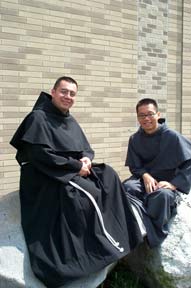

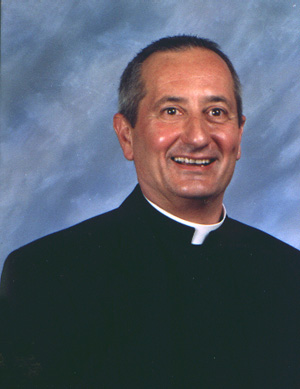
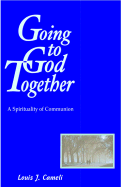
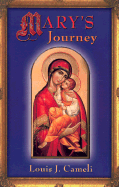
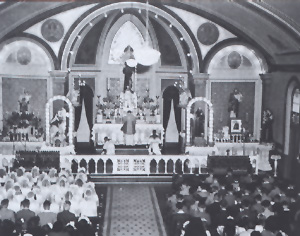
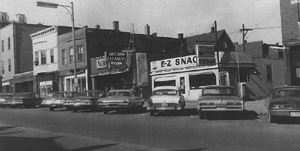
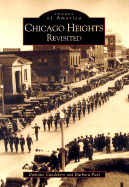
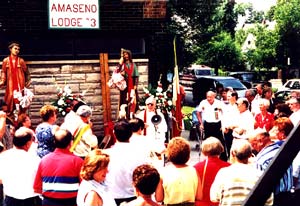
 top
top